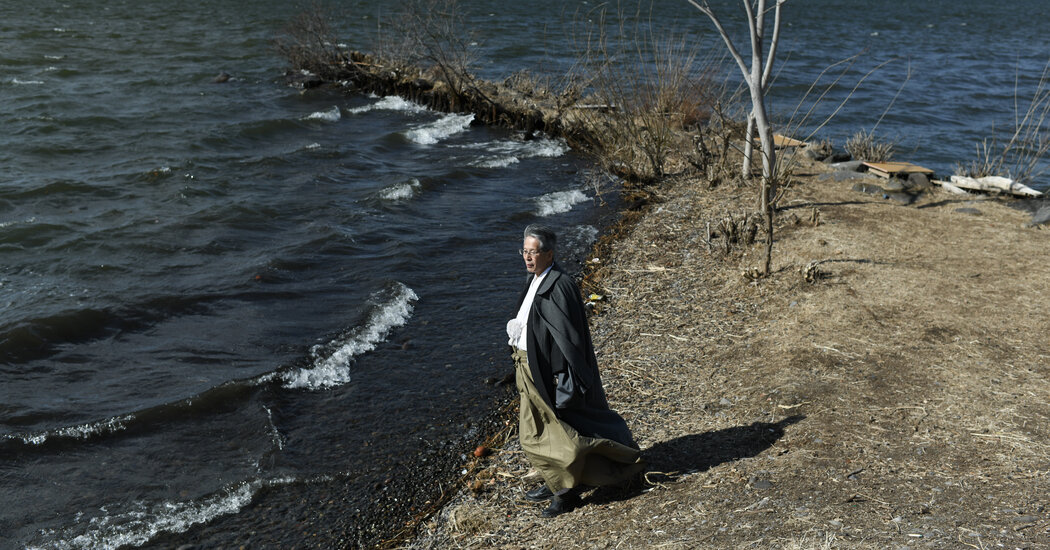The Sacred Crossing: Miwatari of Lake Suwa
For over six centuries, the residents living around Lake Suwa in the mountainous region of central Japan have marked the depth of winter by celebrating a remarkable natural phenomenon known as the Miwatari. This event, once revered as the trail of a wandering deity, manifests only after a series of frigid nights have transformed the lake into a glistening expanse of solid ice.
As dawn breaks, the tranquility is shattered by a deep, rumbling sound that awakens the local community. When the sun rises, they are greeted by an astonishing sight: a long, narrow ridge of jagged ice that has mysteriously emerged across the lake’s surface, resembling the spiked back of a twisting dragon. This phenomenon, known as the Miwatari—translated as “the sacred crossing”—is believed to be the mark left by a passing god from Japan’s indigenous Shinto belief system.
The appearance of the Miwatari evokes a mix of awe and reassurance among the residents, who take to the ice to perform traditional ceremonies honoring what they perceive as a visitation from the divine. In winters when the ice ridge fails to materialize, the local populace interprets the god’s absence as a foreboding sign, suggesting a disturbance in the natural order.
In 2018, Mr. Miyasaka led parishioners from the Yatsurugi Shrine onto the frozen expanse of Lake Suwa, marking the last time the Miwatari was seen. The event holds deep cultural significance, symbolizing a connection to the spiritual world.
Throughout the years, the Miwatari has been so pivotal to local traditions that the residents meticulously documented its appearances, the lake’s conditions, and significant historical events that coincided with the phenomenon. This dedication has resulted in a remarkable archive, meticulously maintained since 1443, that chronicles centuries of harsh winters and the enduring relationship between the community and their environment.
- Historical Significance: The Miwatari has been recorded by residents since 1443.
- Cultural Practices: Ceremonies are held each winter to honor the returning ice ridge.
- Community Connection: The phenomenon is seen as a divine visitation that reassures local residents.
A photograph of the Miwatari taken in January 2006 is displayed at the Yatsurugi Shrine, showcasing the impressive ice formations that, in some years, have towered over the local residents.




